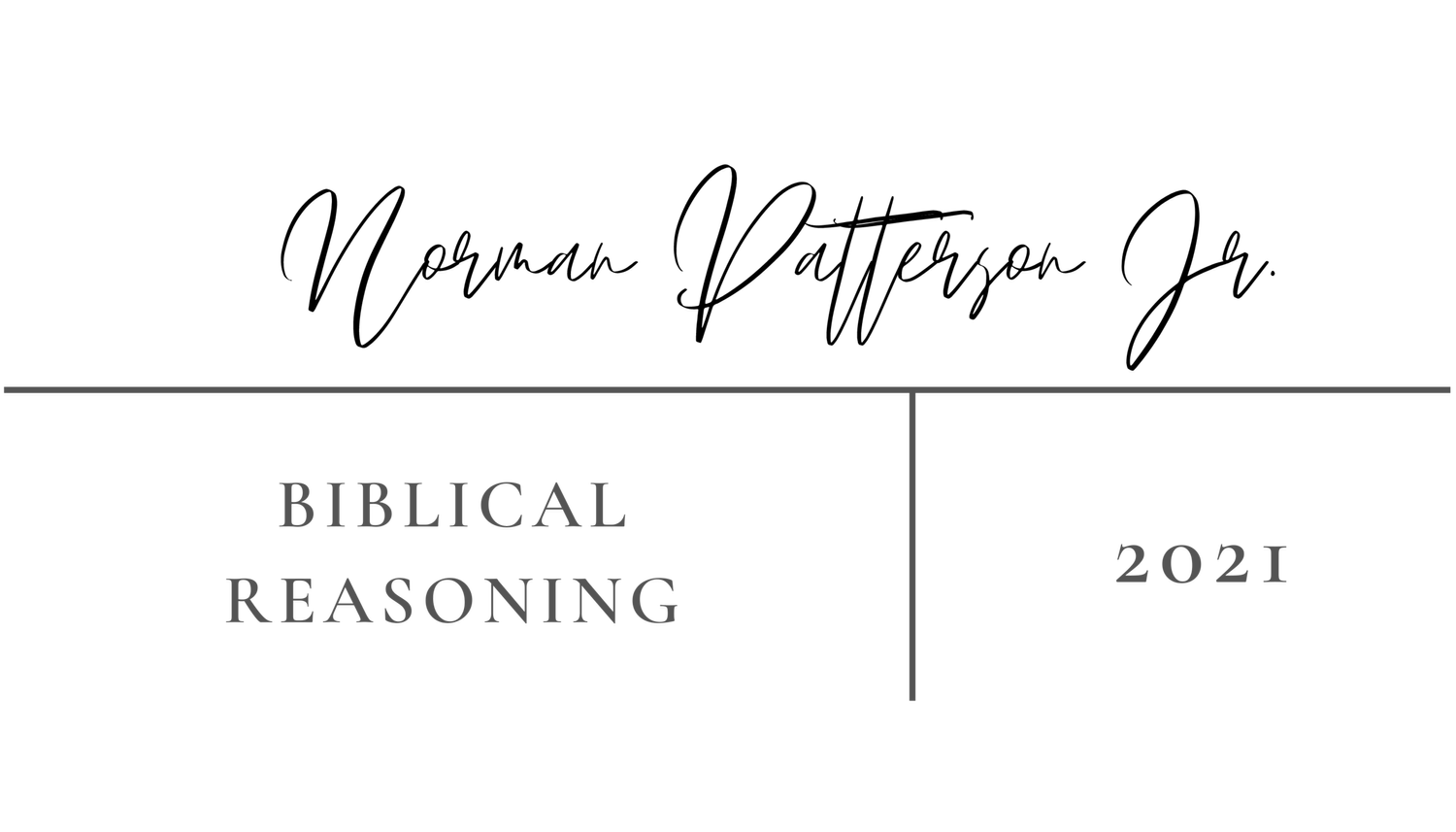The Ultimate Test of a Religious Exemption
At the outset of this blog post, I want to state clearly and unequivocally that the proof of one's claim for a religious exemption (RE) is the expression of a RE itself. It is not the right of another person or entity to determine whether another's RE is legitimate or not. That would defeat the principle of seeking one, wouldn't it? Whether those in power are elected officials, hired governmental employees, business owners, or a school, college, or university, the unifying factor is those in authority have the opportunity to impose their will upon the participants.
The point of a RE is that a person is in defiance of a memo, mandate, law, command, or legislation which demands conformity. There is no need for a RE if there is no threat of coercion or actual force upon the opposer. The necessary precondition of a RE is the threat of consequences or governmental force upon the non-compliant.
That being said, I now turn to the nature of RE itself. While it is not within the purview of those in power to determine what is worthy of a RE and what is not, the powers that be have an inherent suspicion that those who seek RE are doing so for less than noble reasons.
The very fact that those in power raised a mandate to the level of the potential negative consequences reveals they have determined that the required action is so severe that it demands conformity. What is pertinent is it is the nature of those in power to believe nonconformists do not want to be inconvenienced rather than having a sincerely held religious conviction that runs contrary to what is being demanded.
The ultimate test of a sincere religious conviction that would see a RE is not whether the person seeking the RE does everything in their power to fight what is being imposed. From a Christian point of view, I believe worshippers of Christ are obligated to find peaceful means to oppose anything that would demand compromise to their faith.
Peaceful means include, but are not limited to, researching RE clauses already in place, meeting with legislators, supervisors, owners of a business, boards of directors, boards of education, or whoever is in the decision-making process. Peaceful does not necessarily mean nice or polite. We live in a time when a person speaking with conviction and passion is perceived as an extremist unless, of course, the speaker is spouting the status quo. Protests are often peaceful, even if it means manifesting angry words. "Peaceful" in this context means no physical force is being used or threatened.
Peaceful means may require leaving a place of employment, even to your financial detriment. It may require homeschooling your children. It may mean boycotting colleges and universities that require conformity, and so on. The point is if it is indeed a religious conviction, we are willing to suffer the consequences after all other avenues have been exhausted.
But what is the ultimate test of a religious exemption? The ultimate test of a RE is a person's willingness to die for their conviction rather than conform. Those in power do not fear those who seek RE because they do not believe others are willing to die for what they hold most dear. Perhaps they don't believe it because they, themselves, have nothing for which they will give their lives.
The time is coming when those seeking RE will have to make the ultimate choice, "Am I willing to die for my faith or will I compromise?" This ultimatum may not happen in our lifetime, but it has already occurred in the lifetime of hundreds of millions of people throughout history. The blood of the brave men, women, and children of the past testify to the truth of my words. The guilty party in the past, present, and future are those who are so convinced their way is right that they are willing to spill other people’s blood to enforce their convictions upon others. The innocent party was, are, and will always be those who are eager to die to be true to their God and what He requires.

